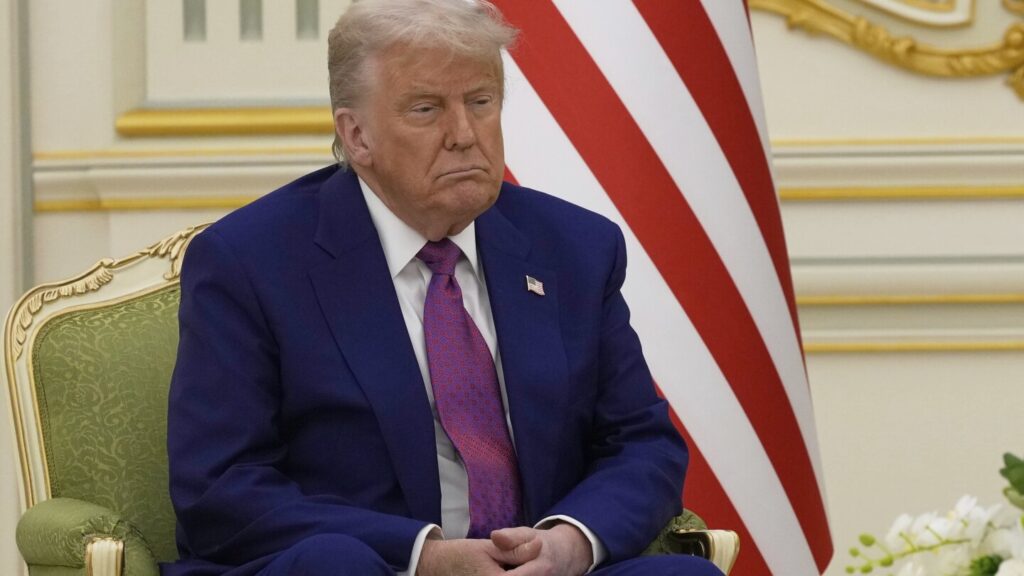President Donald Trump embarked on a four-day visit to the Middle East, where he emphasized the need for Iran to choose a new path and engage in a fresh nuclear deal. Trump’s stance included a warning of “massive maximum pressure” if Iran fails to cooperate. During his visit, Trump met with Syrian President Ahmad al-Sharaa, marking the first meeting between the leaders of the two nations in 25 years. The White House confirmed Trump’s agreement to greet al-Sharaa before heading to Saudi Arabia and then Qatar for a state visit, with further stops planned in the United Arab Emirates.
The trip also saw discussions on various topics, including the easing of sanctions on Syria to normalize relations with the new government, potential involvement of Saudi Arabia in the Abraham Accords to recognize Israel, and Trump’s acceptance of a replacement plane from Qatar. In his speech to Gulf Arab leaders, Trump highlighted the goal of preventing Iran from acquiring nuclear weapons and expressed hope for the safety and dignity of the Palestinian people. Additionally, Trump’s interactions with regional leaders, including the Saudi Crown Prince and Qatar’s Emir, were featured prominently.
The article also touches on the reactions and implications of Trump’s decisions, such as Israel’s concerns about lifting sanctions on Syria, Iran’s response to the U.S. stance on Syria, and the positive reception of Trump’s announcements by the Syrian people. Overall, Trump’s Middle East tour and diplomatic engagements signify significant shifts in regional dynamics and ongoing efforts to address complex geopolitical challenges.

